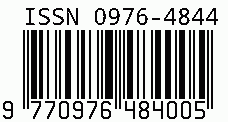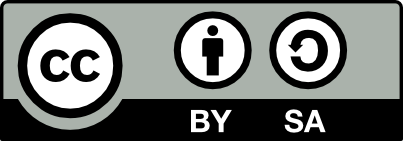
Journal of Advances in Developmental Research
E-ISSN: 0976-4844
•
Impact Factor: 9.71
A Widely Indexed Open Access Peer Reviewed Multidisciplinary Bi-monthly Scholarly International Journal
Plagiarism is checked by the leading plagiarism checker
Call for Paper
Volume 16 Issue 2
2025
Indexing Partners



















Implementing Zero-Copy Integration in Hybrid Cloud Environments for Seamless Salesforce Data Exchange
| Author(s) | Maneesh Gupta |
|---|---|
| Country | United States |
| Abstract | In the IT world, hybrid cloud architectures have become integral to digital transformation strategies. According to Flexera's 2024 State of the Cloud Report, 94% of enterprises have adopted cloud services, with 39% implementing hybrid cloud models to balance on-premises infrastructure with public cloud platforms1. This shift introduces complex data integration challenges, particularly when integrating mission-critical systems like Salesforce. Salesforce maintains a dominant position in the Customer Relationship Management (CRM) market, holding a 21.7% market share as of 2024. Its role as a central hub for customer data and business process automation underscores the necessity for efficient and secure data integration across hybrid environments. Traditional data integration methods, such as Extract-Transform-Load (ETL) processes, often result in latency, increased operational costs, and data duplication risks. These issues are exacerbated when real-time data access is required across disparate systems2. Zero-copy integration emerges as a compelling solution to these limitations. By enabling real-time, read-only access to source systems without data duplication, zero-copy architectures facilitate seamless interaction between Salesforce and on-premises systems. Techniques such as data virtualization, federated queries, and external object modeling allow for efficient data exchange, reducing latency and maintaining control over sensitive information. Salesforce's Data Cloud exemplifies this approach, offering zero-copy capabilities that harmonize data across sources via metadata, eliminating the need for data duplication or migration3. This whitepaper explores the implementation of zero-copy integration strategies to modernize hybrid cloud data exchange for Salesforce. It addresses security, scalability, and performance considerations, providing architectural best practices and technology options to support enterprise adoption of zero-copy methods in hybrid environments. |
| Field | Engineering |
| Published In | Volume 16, Issue 1, January-June 2025 |
| Published On | 2025-05-31 |
| Cite This | Implementing Zero-Copy Integration in Hybrid Cloud Environments for Seamless Salesforce Data Exchange - Maneesh Gupta - IJAIDR Volume 16, Issue 1, January-June 2025. DOI 10.71097/IJAIDR.v16.i1.1435 |
| DOI | https://doi.org/10.71097/IJAIDR.v16.i1.1435 |
| Short DOI | https://doi.org/g9mv2m |
Share this


CrossRef DOI is assigned to each research paper published in our journal.
IJAIDR DOI prefix is
10.71097/IJAIDR
Downloads
All research papers published on this website are licensed under Creative Commons Attribution-ShareAlike 4.0 International License, and all rights belong to their respective authors/researchers.

